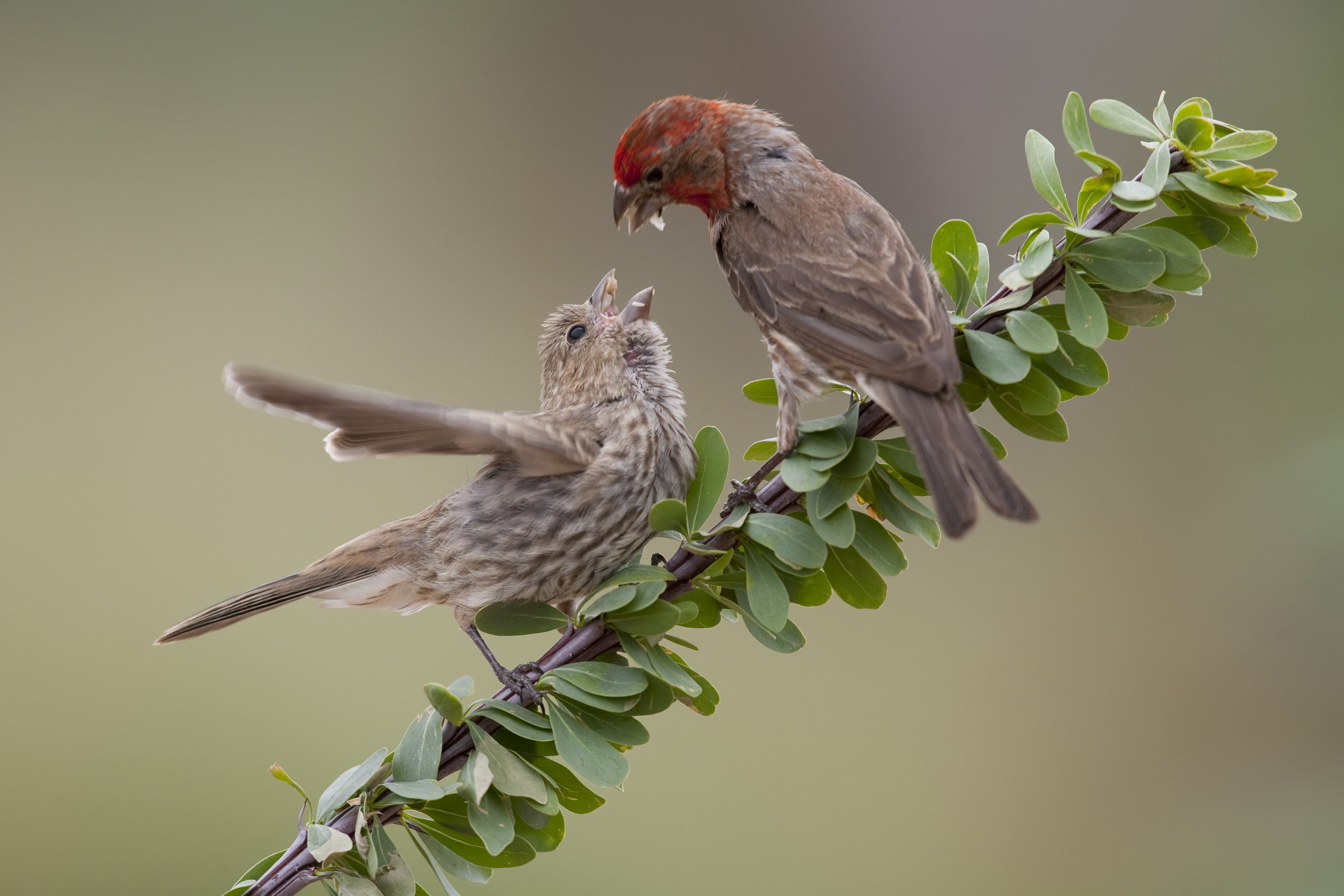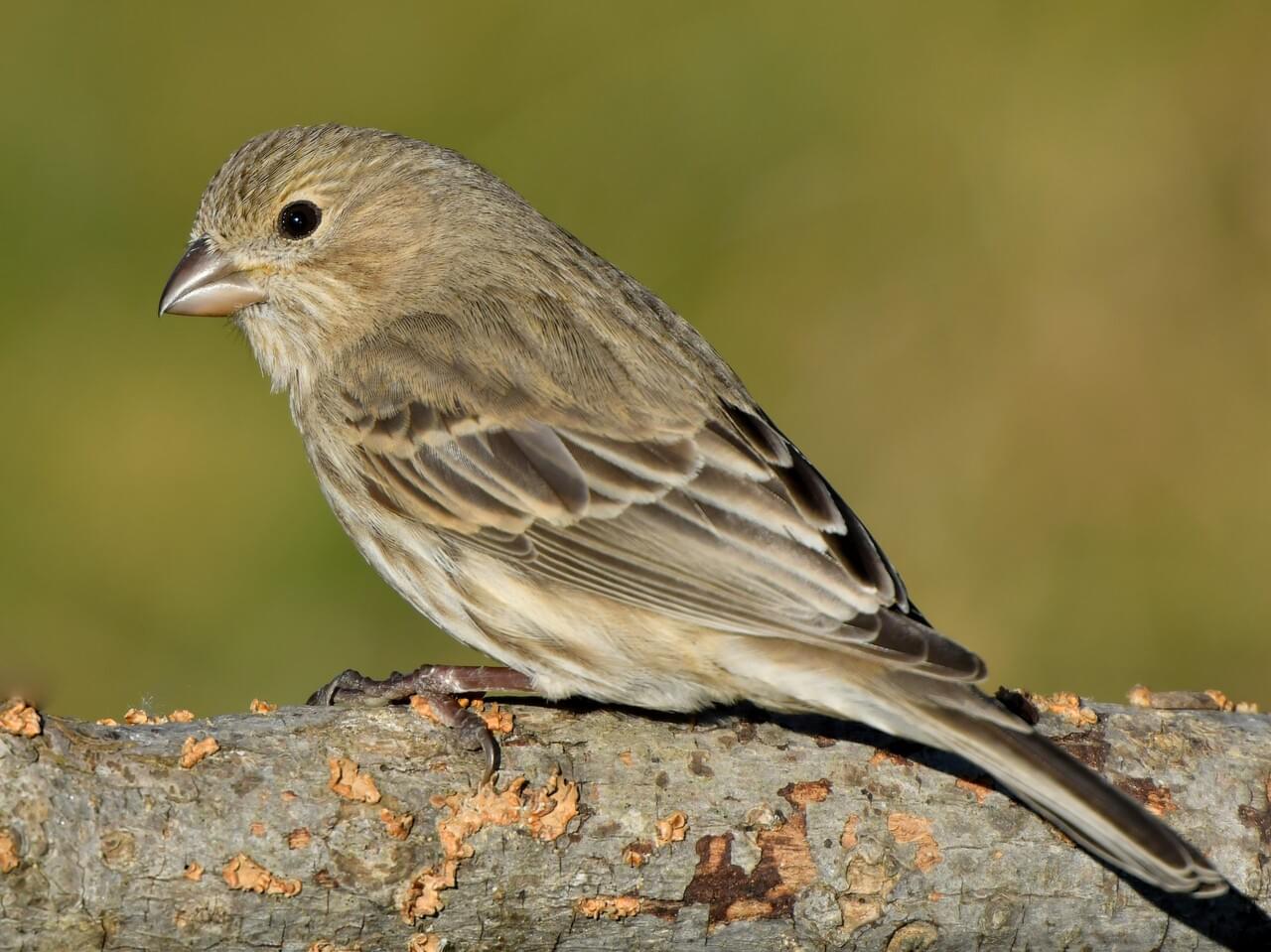Table Of Content

Often numerous at feeders, especially where black oil sunflower is offered. Tends to sit at feeder and crack seeds in its stout bill instead of flying away. Female House Sparrows are warmer brown above and don't have streaked underparts like female/immature House Finches. This species in Texas is a permanent resident, so Possible and Probable records are also useful in defining the range of House Finch.
What are the signs of a sick or dying bird? How to spot bird diseases - USA TODAY
What are the signs of a sick or dying bird? How to spot bird diseases.
Posted: Tue, 22 Aug 2023 07:00:00 GMT [source]
Feeding
House Finches are drawn to areas with dense shrubs, trees, and other vegetation. Several nests may be built before the actual nest where the young will be raised is selected. Most other birds try to defend both their mate and territory. Each male has its own unique song, although there can be regional variations as well.

How Long Do They Live
Read on to learn more about the different behaviors, traits, and adaptations that make them unique. They measure just over five inches long, and most individuals weigh less than an ounce. Their body shape is similar to other finches, and they have short, thick bills. They prefer edge habitat and are absent from dense coniferous forests. Their nest is a cup made of natural materials, string and feathers on tree branches or manmade structures; the nest holds four to five spotted bluish-white eggs.
Nesting Facts
A western species until the 1940s, the house finch was introduced to the east by an unethical pet dealer, where they quickly spread to all eastern states. 10.) Their plant-based diets might suggest peace-loving passivity, but House Finches can be very aggressive, especially at feeders. In fact, they’re so territorial around food and nest sites that they’re one of the only birds known to fight off non-native House Sparrows. Where House Finch populations go up, House Sparrow numbers drop.
What are the 10 most common backyard birds in Ohio in April? Find out here - The Columbus Dispatch
What are the 10 most common backyard birds in Ohio in April? Find out here.
Posted: Tue, 09 Apr 2024 07:00:00 GMT [source]
In California, the standard male’s song lasts for two seconds and contains between 4 and 26 syllables. In Wisconsin and Colorado, studies have shown that songs last longer and contain more syllables. In New York State, distinct dialects abound, with males’ songs noticeably differing within just one square mile. Pine Siskins have a thin sharply pointed bill unlike the conical bill of House Finches. They also have yellow edging on the wings that House Finches lack.
Range & Identification
Finches in Canada or the eastern part of the United States around the Great Lakes region typically head south for the winter. Look for them in woodlands, parks, residential areas, farms, deserts across much of the United States year-round. 5.) Although House Finches are well adapted to dry climates, they still need a lot of water. On especially hot days, they can consume more than their own bodyweight in fluids. Luckily, succulent plants abound in their native, arid habitat, offering a hydrating food source.
Adult male (Eastern)
Other finch species, such as the American Goldfinch, are also affected. The disease is spread through social contact, so keeping your bird feeders and baths clean is important. It can be tricky to ID a house finch vs purple finch — here are the field marks and differences to look for when you see a small red finch. House finches generally nest in spring and summer, between March and August. These birds have long nesting seasons because they often lay more than one clutch. House finches make nests in a range of places, including woodpecker holes, hanging plants, door wreaths, and sometimes birdhouses.
House Finches have longer tails and appear more slender overall, and also have slightly curved bills, in contrast to the straight bills found in the other two species. There is considerable color variation among males, from pale yellow, to orange with bright red, this being the most common. Many but not all males reach mature plumage in their first year. House Finches are monogamous, and pairs tend to form while the birds are in their winter flocks. They choose a wide variety of nesting sites, and will nest in man-made objects such as window ledges and holes in buildings.
Females/immature males are brown overall with blurry streaks down the belly. “Seemingly similar birds can be really different from each other,” Trina says. “The house finch is a very social bird,” which nests in colonies or groups.

1.) Once limited to the Western United States and Mexico, House Finches are now found from coast to coast, and as far north as southern Canada. In 1939 a few of the birds, originally captured in Santa Barbara, California, were set free on New York’s Long Island by a pet store owner. By the early 1940s wild nests were beginning to show up on Long Island, and from there the spread continued. They’ve also been introduced and become widespread in Hawaii. In some places, House Finches are considered an invasive species. They will use ledges or vents on homes, barns, and outbuildings.
This pre-existing penchant for urban areas likely helped them thrive when they were introduced to new areas. The biggest House Finch flocks in the East are found in cities, and it’s much more common to find the eastern birds in habitats developed by people than anywhere else. If you haven’t seen one recently, chances are you can find one at the next bird feeder you come across.




















